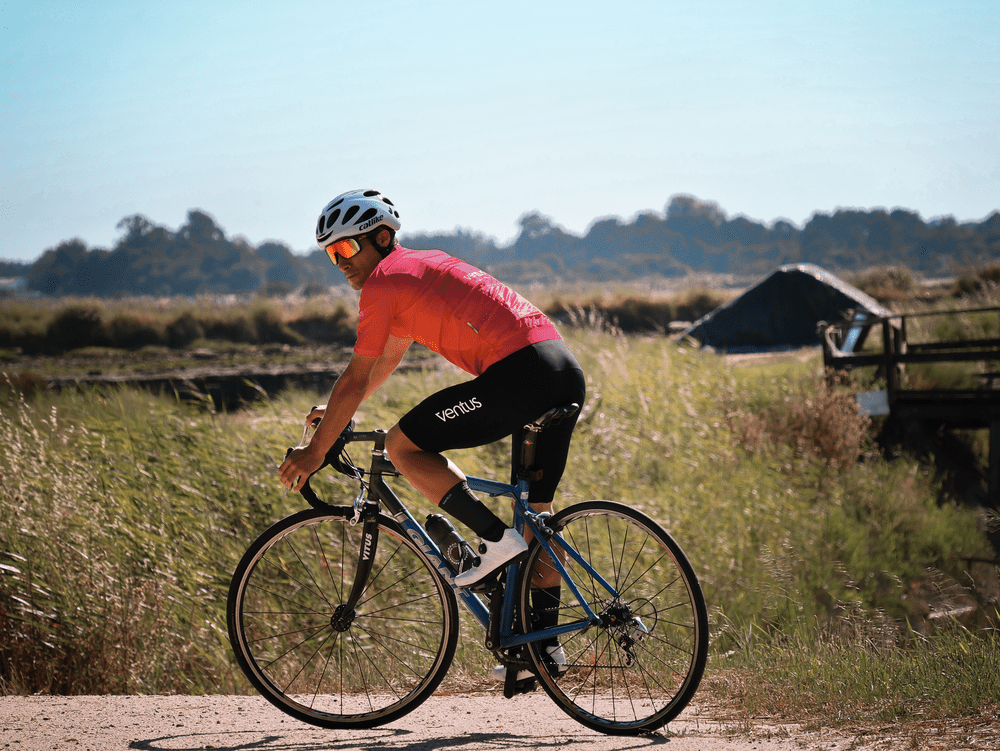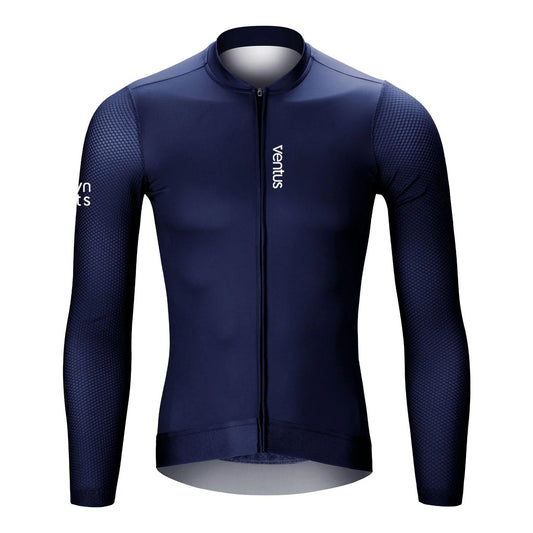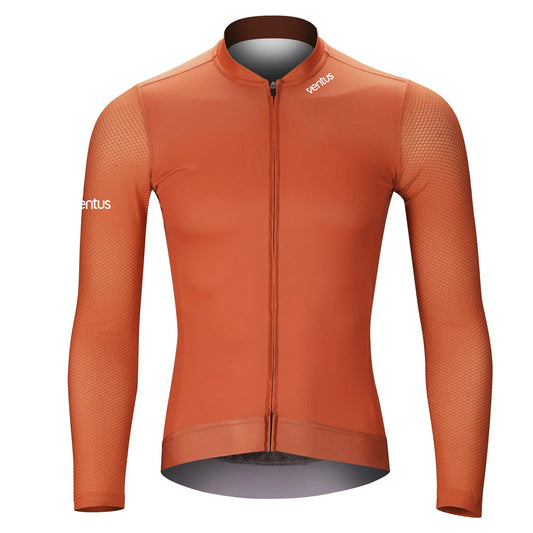
Fitness, Fatigue, and Form in Cycling: Understanding and Balancing the Triad for Peak Performance
Share
In the world of cycling, understanding the interplay between fitness, fatigue, and form is crucial for optimizing performance. These three elements form the backbone of a cyclist's training plan and ultimately determine how well you perform on race day.
Let's break down these terms, compare them, and explain the numbers behind each concept, helping you to find the perfect balance for your cycling goals.

What is Fitness in Cycling?
Fitness in cycling refers to your overall ability to perform work over time. It encompasses your endurance, strength, power, and aerobic capacity. Fitness is built through consistent training, where you progressively overload your body with increasingly challenging workouts. Over time, your body adapts to these stresses, leading to improved performance.
For example, a cyclist with high fitness can sustain a high power output over long distances, recover quickly between efforts, and handle demanding terrain with relative ease. Fitness is often measured by metrics like:
- Functional Threshold Power (FTP): The highest power output you can sustain for an hour. Higher FTP indicates better fitness.
- VO2 Max: The maximum amount of oxygen your body can use during intense exercise. A higher VO2 Max suggests better aerobic capacity.
Example: A cyclist with an FTP of 300 watts and a VO2 Max of 65 ml/kg/min would be considered to have a high level of fitness.
What is Fatigue in Cycling?
Fatigue is the cumulative effect of training and other life stresses on your body, which can diminish your performance. Fatigue builds up over time as you train and is a normal and expected part of the process. However, too much fatigue can lead to overtraining, injury, and burnout.
Fatigue is often tracked using:
- Training Stress Score (TSS): A metric that quantifies the intensity and duration of a workout. High TSS over consecutive days can indicate increasing fatigue.
- Chronic Training Load (CTL): A measure of your average daily TSS over a longer period (usually 42 days). It gives insight into your long-term fatigue.
- Acute Training Load (ATL): The average TSS over a shorter period (usually 7 days), reflecting your recent training load and immediate fatigue level.
Example: If your ATL is significantly higher than your CTL, it indicates you're accumulating fatigue faster than your body can adapt, potentially leading to overreaching or overtraining.
What is Form in Cycling?
Form is the balance between fitness and fatigue. It represents how "race-ready" you are at any given time. When you have high fitness and low fatigue, you're in peak form, and your performance potential is maximized. Conversely, if you're fatigued, even high fitness won't translate into top performance.
Form is often represented by the Training Stress Balance (TSB):
- TSB = CTL - ATL: A positive TSB indicates that you're fresher, with lower fatigue, while a negative TSB suggests you're carrying more fatigue.
Example: A TSB of +10 might indicate you're in good form, well-rested and ready to perform, while a TSB of -20 could suggest you're fatigued and need recovery.
Comparing Fitness, Fatigue, and Form
Understanding how these three elements interact is key to successful training:
- Fitness and Fatigue: As you train harder, both fitness and fatigue increase. The goal is to build fitness without letting fatigue accumulate too much, which would hinder performance.
- Fitness and Form: High fitness paired with low fatigue results in peak form. But achieving this requires carefully timed recovery phases to ensure fatigue drops without losing too much fitness.
- Fatigue and Form: High fatigue lowers form, even if fitness is high. That's why tapering (a reduction in training volume) before a big race is essential – it reduces fatigue and improves form.
Practical Examples for Cyclists
- Building Fitness: During a base training phase, your focus might be on gradually increasing your CTL by consistently riding at moderate intensities. This will build fitness over time, though your TSB might remain negative due to accumulated fatigue.
- Peaking for a Race: As you approach race day, you'll reduce training volume (ATL drops), allowing fatigue to decrease and TSB to rise into the positive. This helps you reach peak form on race day.
Numbers to Aim For:
- CTL: For amateur cyclists, a CTL of 50-80 is typical during the season, while elite cyclists may push this to 120+.
- TSB: For a key race, aim for a TSB of +10 to +20 to ensure you're fresh and ready.
Recommendations for Cyclists
-
Monitor Your Metrics: Use tools like power meters and heart rate monitors to track FTP, TSS, CTL, ATL, and TSB. This data helps you understand your fitness, fatigue, and form and make informed training decisions.
-
Periodize Your Training: Structure your training into blocks, alternating between building fitness (with a focus on increasing CTL) and tapering to improve form for races.
-
Listen to Your Body: While metrics are valuable, they're not everything. Pay attention to how you feel. Persistent fatigue, lack of motivation, or poor performance can be signs of overtraining.
-
Taper Effectively: Before key events, reduce your training volume to allow fatigue to drop while maintaining intensity to keep fitness levels high.
-
Rest and Recovery: Ensure you're getting adequate rest, sleep, and nutrition to support your training and recovery. Recovery days are just as important as training days in achieving peak form.
Last Thoughts
Balancing fitness, fatigue, and form is essential for cyclists aiming to maximize their performance. By understanding these concepts and how they interact, you can tailor your training to ensure you're at your best when it matters most. Whether you're training for a local race or a grand tour, the key is to build fitness, manage fatigue, and time your tapering to hit peak form on race day.




